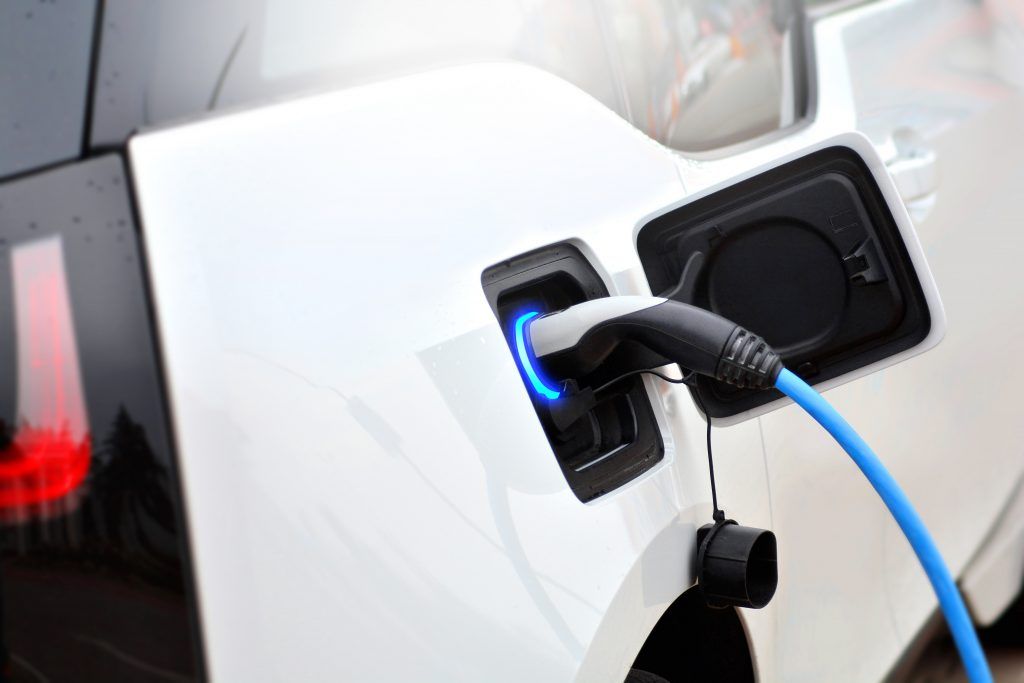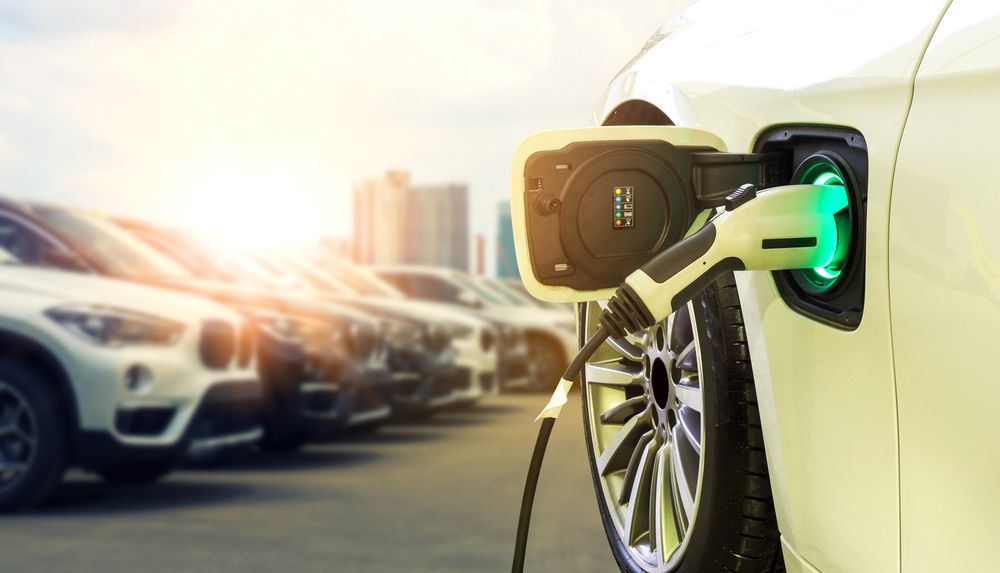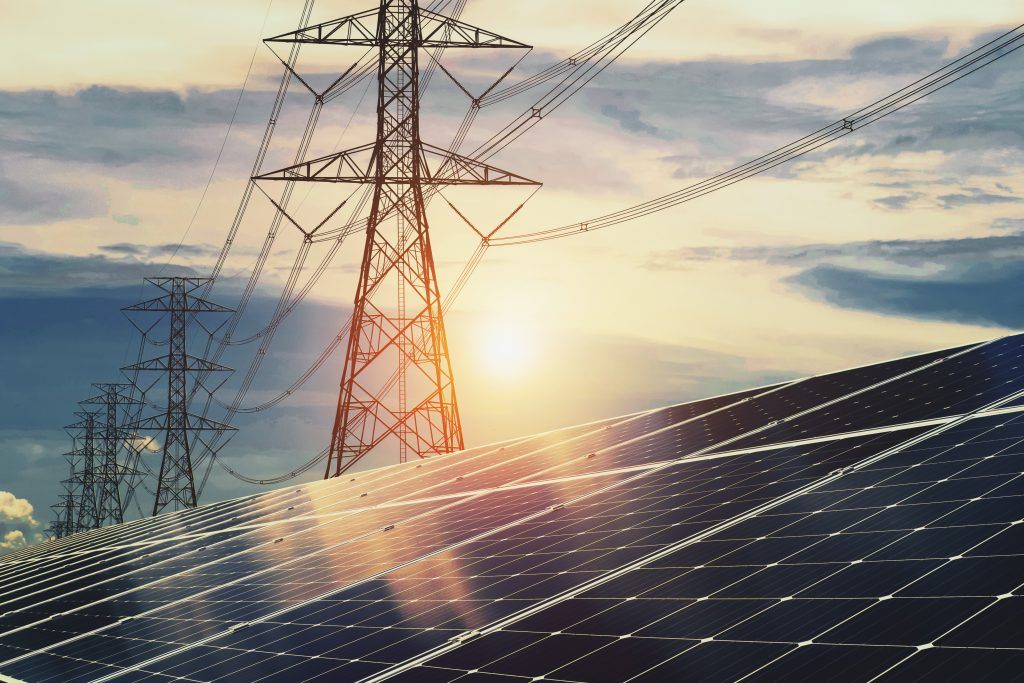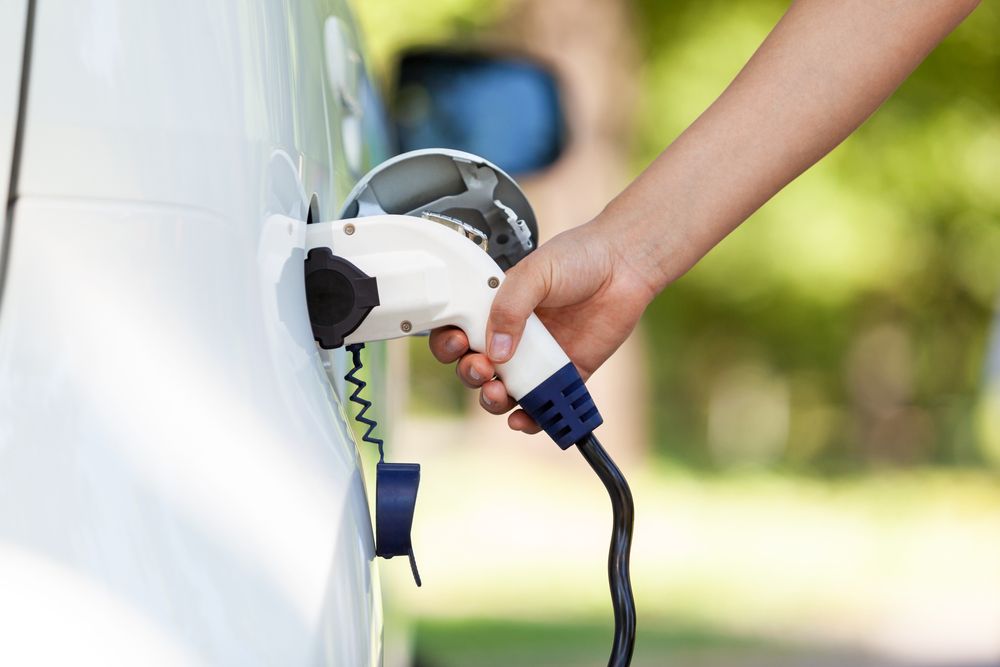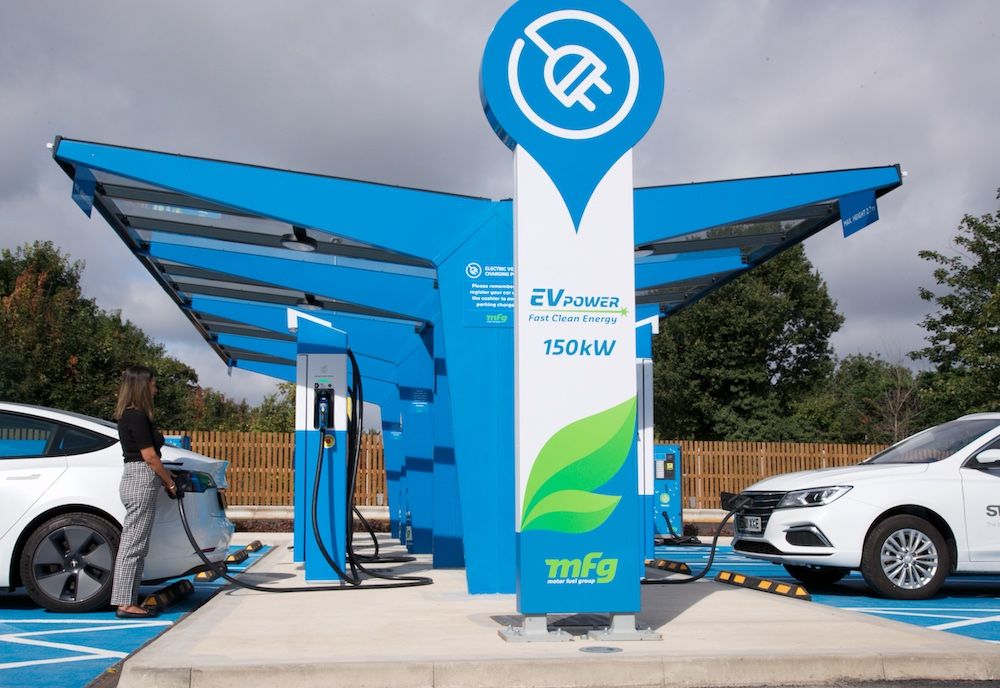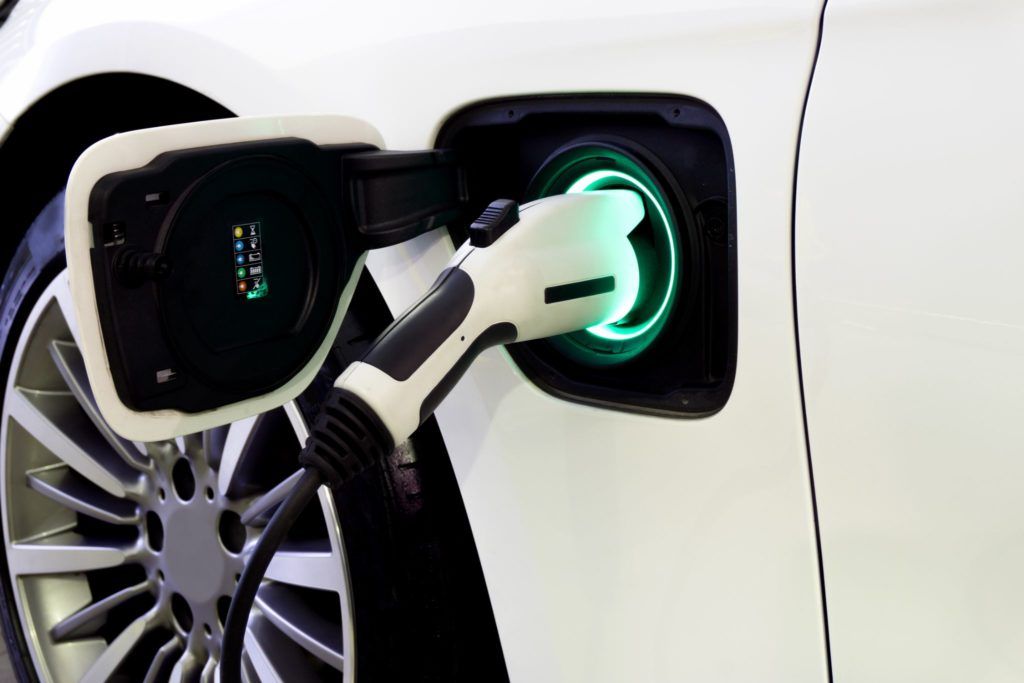Scottish and Southern Electricity Networks (SSEN) Distribution is working with Energy Systems Catapult (ESC) on the second phase of an innovative project which is exploring the barriers for people living with disabilities switching to electric vehicles (EVs).
As part of its second phase, Equal EV is examining customer journeys and different solutions available to address and overcome the barriers identified in phase one.
In July, SSEN and Disabled Motoring UK released the report on Equal EV’s first phase, which outlined the four main barriers identified by the motorists, transport industry experts and organisations for the uptake of EVs from drivers and motorists with disabilities and vulnerabilities.
These main barriers were:
- Accessibility of chargepoints, to ensure drivers can access and use chargepoints
- Costs, including high upfront costs and additional costs for modifications
- Range anxiety, ensuring disabled motorists do not become vulnerable should their EV run out of charge
- Different manufacturers and charging compatibilities, which negatively impacts the consumer experience and requires drivers to seek specific guidance and support
- SSEN is now working with ESC and Disabled Motoring UK on Equal EV’s second phase, which is examining and mapping out driver journeys, and how available and emerging technologies can mitigate the barriers and challenges identified in the project’s first phase.
With the UK and Scottish Governments both setting ambitious targets for the adoption of EVs and approximately 2.9 million blue badge holders in 2020 in the UK, Equal EV is playing an important in role in supporting a fair transition to the EVs.
The second phase of Equal EV is focussing on four key areas in the adoption and use of EVs by motorists and drivers with disabilities and vulnerabilities:
- Technology landscape: Working with leading experts to examine and understand the available and emerging EV technologies and services, and how they can be best utilised to support a fair transition to EVs
- Defining the customer journey: Working with different drivers to map out customer journeys and the products, services, and routines they use, to examine where the barriers and challenges identified in phase 1 exist and the different solutions available
- Defining the roles and responsibilities: As new technologies develop and become available it is important the roles and responsibilities for supporting and implementing them are well defined. Phase two will work with different stakeholders, equipment manufacturers, and community groups to build sector support and gather feedback for how these technologies can be best supported
- Investigating different solutions: By using existing customer data and electricity network data, phase two will examine different solutions and approaches for geographic locations, and will be designing trials for the most promising solutions in SSEN’s distribution area.
Lisa Doogan, Head of Customer Service and Stakeholder Strategy at SSEN, said: “The project’s first phase was key in identifying the common and main challenges these drivers and motorists face in adopting an EV. Equal EV’s second phase is an important step in securing a fair transition to EVs and trial different approaches, solutions, and technologies.
“We are excited to be working with ESC on this second phase of Equal EV; combining the expertise of SSEN and ESC to examine a variety of solutions that will help overcome the obstacles identified by drivers and motorists with disabilities and vulnerabilities during Equal EV’s first phase.”
Dr Stephen Skippon, EV Specialist in ESC’s Consumer Insights team, said: “Key to designing innovative products and services for people with disabilities and vulnerabilities is ensuring we work with disabled and vulnerable consumers themselves. This is an exciting project that will pioneer approaches that ensure all consumers can fully benefit from the opportunities that electric vehicles offer.
“It draws on ESC’s expertise working with vulnerable consumers, such as our recent review of evidence for BEIS on how energy innovation could help vulnerable consumers, and our work with Ofgem to engage vulnerable consumers in the retail energy market.”
Image: Shutterstock



